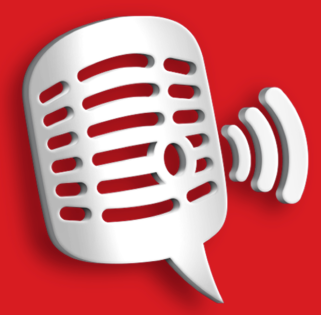No two people are exactly the same and no two ears are identical. Not even on the same head!
The fleshy part of your ear – the place where you might have an earring, is called the lobule – or ear lobe.
Some people have large ear lobes and some have small. Sometimes, the lobes are attached to the head, other times they are loose.
The crease around the edge of your ear is called the Helix. It’s often curled in, although for some people it might be more flat. Sometimes the outer ear, which is called the pinna, sticks out – it’s unlikely this would affect your hearing but some people have an operation to make them sit more closely to the head…

The difference in ear shapes have been used by fortune tellers who believed that they could give clues about your health.
The truth is that the kind of ears you end up with is genetic, passed on in your DNA from your ancestors – so if your parents and grandparents have big pointy ears, then chances are you will too. It might be that an ancestor was an elf!
Some people say that our ears continue to grow as we get older – and old people can seem to have bigger ears than younger ones…
It’s probably caused by a combination of the cartilage becoming less elastic, and gravity pulling down on our lugholes!
Big or small, pointy or flat, what they look like doesn’t matter as much as the tremendous job our ears do for us!
Hallux’s Hearing Helpdesk is now open and is answering all of your hearing questions!
Hallux’s Hearing Helpdesk, with support from Phonak.
Add a comment



 Apple Podcasts
Apple Podcasts Spotify
Spotify
 Google Podcasts
Google Podcasts Player FM
Player FM Pocket Casts
Pocket Casts
 Fun Kids is on DAB Digital Radio in the UK!
Fun Kids is on DAB Digital Radio in the UK! 


 Listen online -
Listen online - 